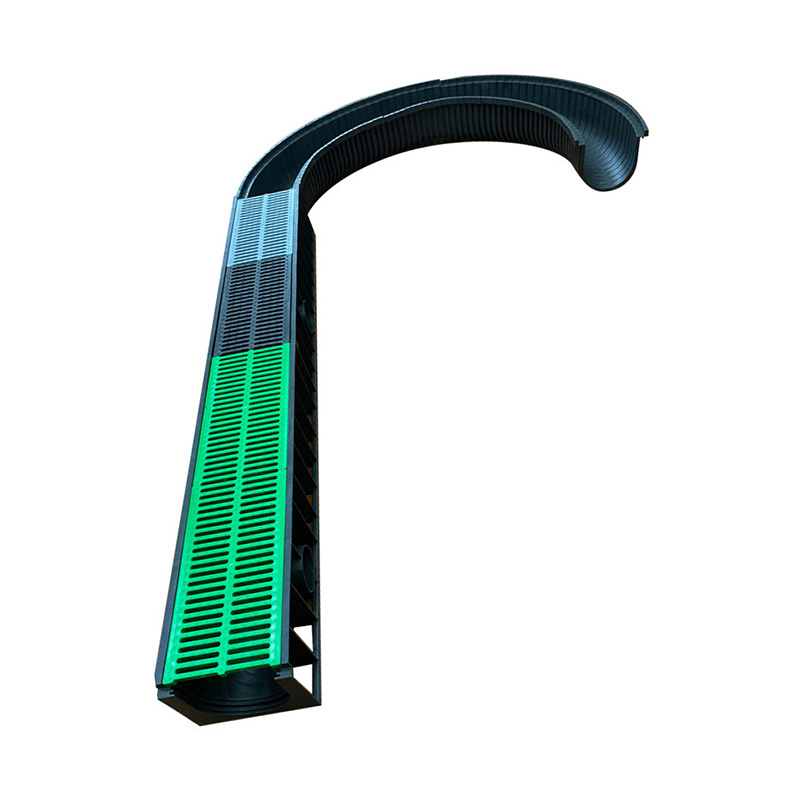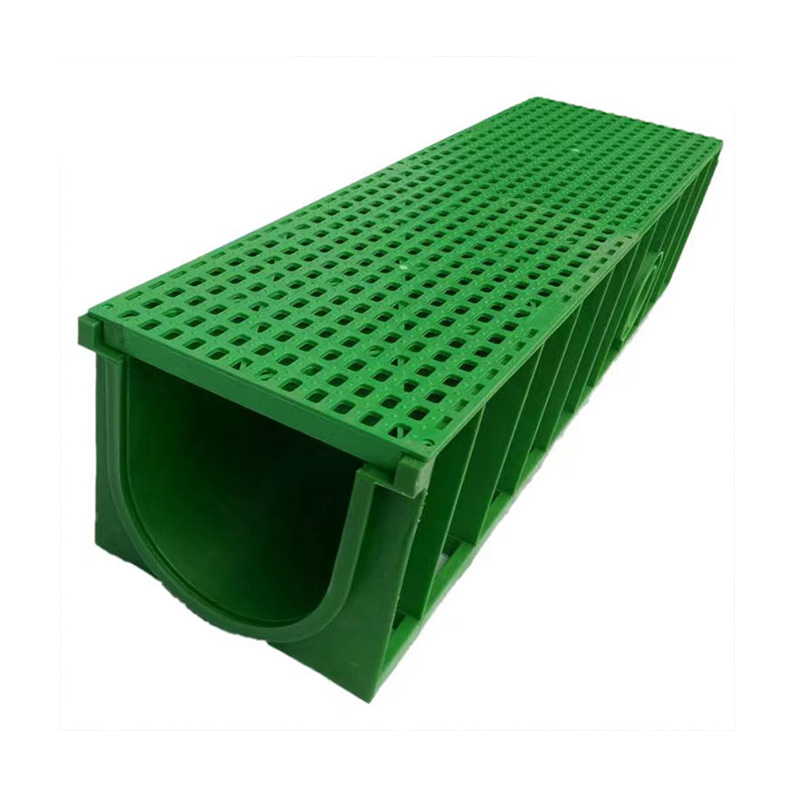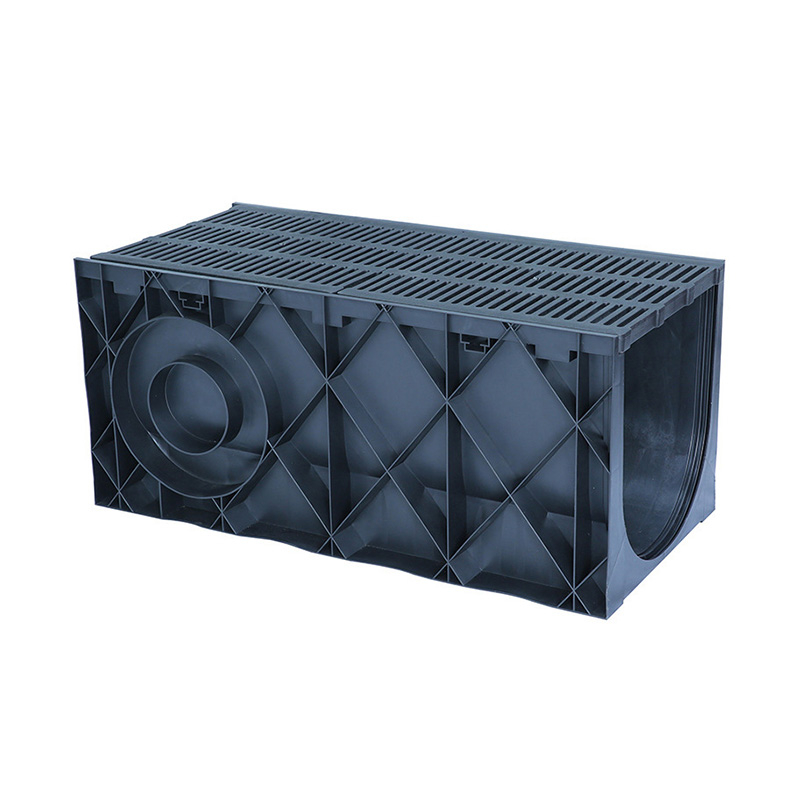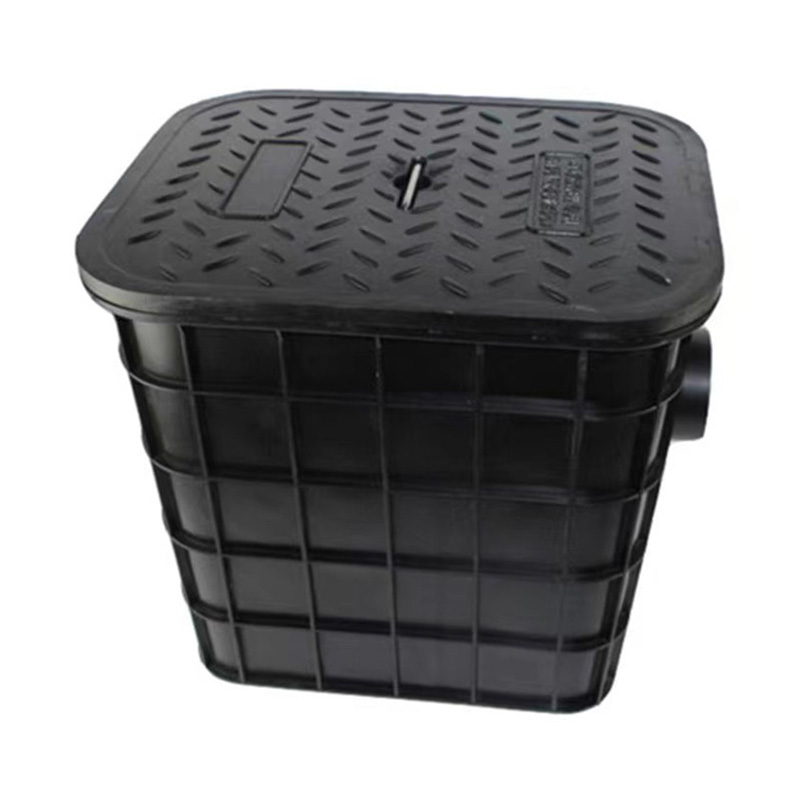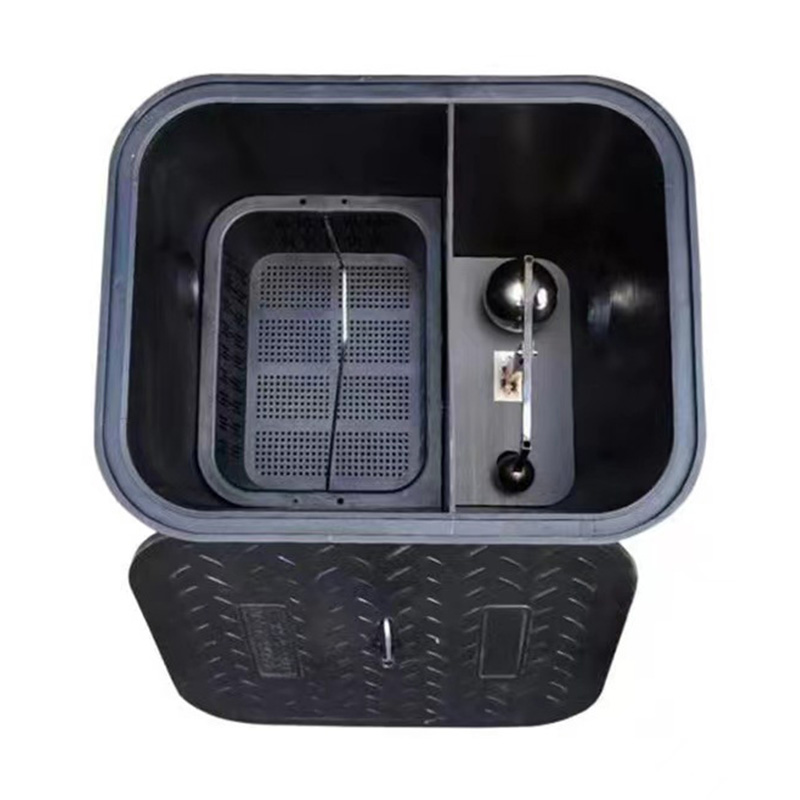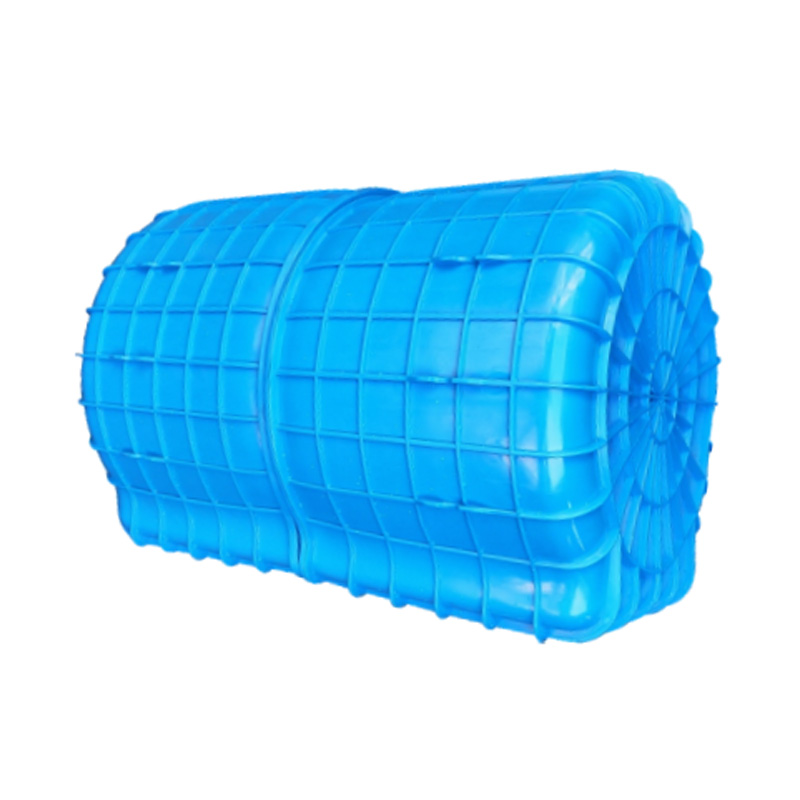In industrial facilities, managing cables efficiently is crucial for maintaining safety, organization, and ease of maintenance. One practical solution often used is the Cable Chamber Box, a device designed to protect, organize, and route cables within complex industrial environments. Proper use of a Chamber Box helps ensure that cables remain secure and accessible, which contributes to smooth operations and reduces downtime.
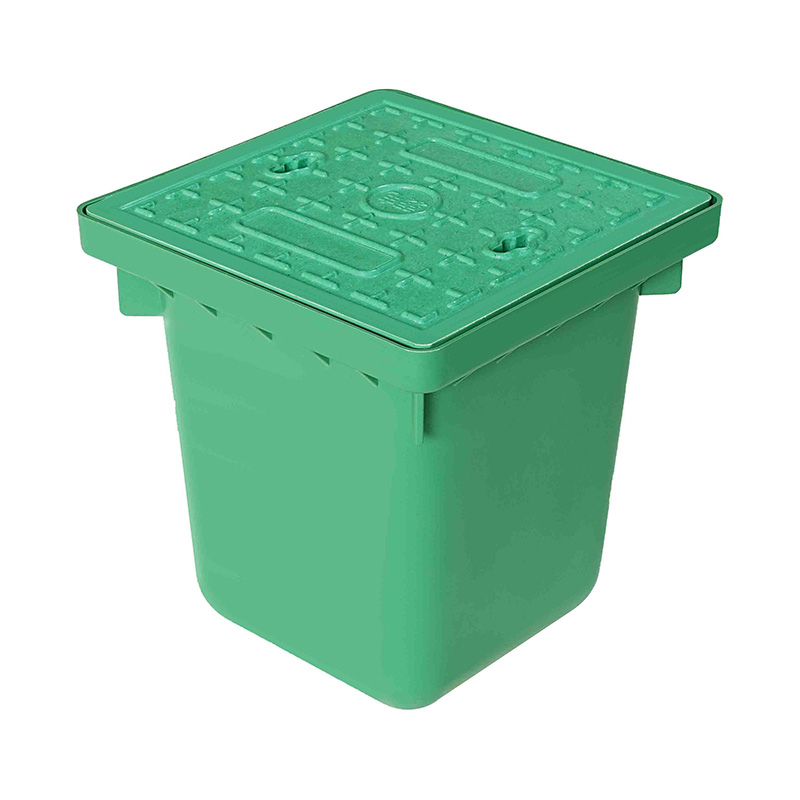
The Cable Chamber Box serves as a protective enclosure that shields cables from physical damage, moisture, and dust. In many industrial settings, cables are exposed to harsh conditions, including vibration, chemical exposure, and severe temperatures. Using a Chamber Box helps extend the lifespan of cables by providing a controlled environment that reduces wear and tear.
The installation of a Cable Chamber Box in industrial facilities often involves strategic placement along cable routes. This allows technicians to access and manage cables easily without disturbing the entire network. For example, a Chamber Box installed near machinery or electrical panels offers a convenient point for inspection and repair, reducing disruptions during maintenance work.
Another key benefit of the Chamber Box is its role in organizing multiple cables in a confined space. Industrial facilities typically use numerous cables for power, control, communication, and data transmission. Without a proper system, cables can become tangled or damaged, increasing the risk of faults and safety hazards. A Chamber Box separates and secures these cables, reducing the chance of interference or accidental disconnection.
When selecting a Cable Chamber Box, several factors are important to consider. The size and capacity of the box must accommodate the number and diameter of cables being routed. Materials used for the Chamber Box should match the environmental conditions of the facility. For example, boxes made from corrosion-resistant materials are preferred in chemical plants or outdoor installations.
The design of the Cable Chamber Box also influences ease of use and flexibility. Some models offer removable covers or modular sections, which simplify cable installation and upgrades. These features allow technicians to add or reroute cables without dismantling the entire setup, which is especially useful in dynamic industrial environments where configurations may change.
A well-maintained Cable Chamber Box supports workplace safety by reducing tripping hazards and preventing cable damage. In industrial facilities where heavy machinery operates, protecting cables from accidental cuts or abrasions is critical. The Chamber Box acts as a barrier, helping to prevent accidents and costly repairs caused by cable failure.
In addition to physical protection, the Chamber Box can assist with thermal management. Cables carrying electrical current generate heat, and if not properly ventilated, this heat can build up and reduce performance or cause damage. Some Chamber Box designs incorporate ventilation or cooling features to help dissipate heat, maintaining cable integrity and system reliability.
Environmental regulations often require careful cable management to ensure facility safety and reduce fire risks. Using a Cable Chamber Box helps industrial operators comply with such regulations by providing an organized and contained space for cables. This reduces the risk of electrical shorts and fire hazards, contributing to safer working conditions.
The installation process for a Cable Chamber Box usually involves site assessment and planning. Understanding the cable routing paths, load requirements, and environmental factors allows engineers to select the right type and placement of the box. Proper installation ensures that the Chamber Box performs its function effectively over the long term.
Maintenance of the Cable Chamber Box is essential to keep cable systems running smoothly. Periodic inspections allow operators to check for signs of damage, moisture ingress, or corrosion. Cleaning and sealing the box properly prevents contaminants from affecting cable performance. A well-kept Chamber Box reduces the likelihood of unexpected failures and extends cable service life.
In industrial automation setups, the Chamber Box also plays a role in signal integrity. Organized cable routing reduces electromagnetic interference (EMI), which can disrupt sensitive control signals. By grouping and shielding cables inside a Chamber Box, facilities can achieve more reliable communication between devices and systems.
Furthermore, the modularity of some Cable Chamber Box solutions makes them adaptable to future expansions. Industrial facilities often undergo upgrades or expansions, requiring additional cables and changes to existing layouts. A flexible Chamber Box design allows for these modifications with little effort and downtime.

 English
English русский
русский Español
Español عربى
عربى
